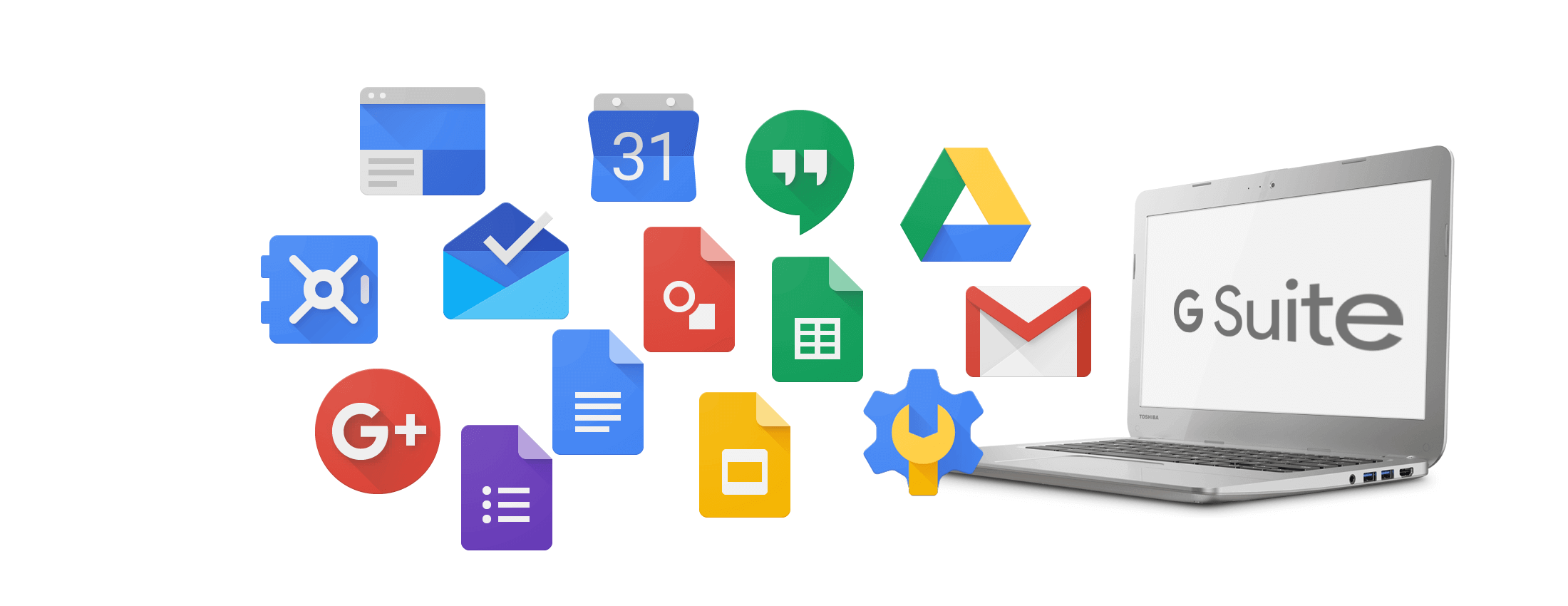


To put it simply, it was still going to be kind of a pain in the ass (as evidenced by the fact that there’s an entire subreddit dedicated to discussing the transition).
#G SUITE SCREENSTEPS FREE#
In April Google moved the deadline back, and announced that there would be a tool to let you transfer to a free account, but you had to join a waitlist for that, and you would’ve lost access to the ability to use a custom domain.

It didn’t help that, originally, people’s options were either to start paying up or export their data and set up a new standard account. For a while, it seemed like Google was going to make them pay for business features they absolutely didn’t need. Wichtig: Wenn die automatische Nutzerverwaltung beendet wird und Sie die Anwendung dann noch einmal autorisieren mssen Wenn das Administratorpasswort fr ScreenSteps gendert wurde, funktioniert die automatische Nutzerverwaltung nicht mehr. A lot of people weren’t terribly happy about the previous version of the plan, especially those who weren’t part of a company, and had just been using G Suite free because it was a good option for power users at the time. Die Nutzerverwaltung vorhandener ScreenSteps-Nutzer wird nicht aufgehoben. Personally, this “transition path,” as Google calls it, seems like what should’ve been announced in the first place. Google does note that “G Suite legacy free edition does not include support,” and that it may “remove certain business functionality” from the plan in the future.
#G SUITE SCREENSTEPS HOW TO#
You can find the instructions on how to do so in the Google support document, and Reddit user u/AB3DC has posted screenshots (one of which you can see above) in the GSuiteLegacyMigration subreddit showing what the process will look like. Basically, everything’s going to stay the same, as long as you choose the no-cost personal transition path by June 27th. The no-cost personal use option will let you keep using a custom domain with Gmail, use free Google apps like YouTube, Docs, and Meet, and keep all your data and purchases. Google’s explanation of the personal use path. Now though, there’s going to be an option to just keep using the service that’s open to people who aren’t using it for business purposes, according to a Google support document. Later, Google said you’d have the option of transferring to a free account, but that you’d lose some features doing so. The company said that if users didn’t decide which paid Workspace tier they wanted by May 1st, they’d be automatically upgraded based on their use. In January, Google announced that free G Suite users would have to start paying for Google Workspace if they wanted to keep their accounts, after around a decade of keeping the legacy free tier around. According to 9to5Google, there’s now a no-cost option that’ll let people keep using their G Suite accounts for personal use, and signing up for it won’t involve a song and dance of joining a waitlist or transferring data between accounts. In the confirmation dialog box, click Turn on.Almost five months after Google announced that it was going to make G Suite legacy free edition users start paying for their accounts, it seems to finally have a path in place that most people will be happy with.Click User access and turn the app on to enable the slider. Note: The activation slider is disabled if ScreenSteps isn’t turned on for any users. In the Auto-provisioning section, click the activation slider.Tip: Always set more time before deleting a user's account than for suspending a user's account. When a user is deleted from Google, soft delete their account after.When a user is suspended on Google, soft delete their account after.When an app is turned off for the user, soft delete their account after.The amount of time before deprovisioning takes effect can be set to: within 24 hours or after one, 7, or 21 days. Choose how long deprovisioning actions should be delayed before taking effect.To remove any group you added, click next to it.If necessary, add more groups and choose a scope.Select a group to add it and open a new search field. Enter all or part of a group name in the Search groups field.Ī list of available groups appears.(Optional) Restrict provisioning to specific groups:.If not, click the Down arrow and map to the appropriate attribute. Verify that all mandatory ScreenSteps attributes (those marked with an *) are mapped to Google Cloud Directory attributes.Enter the endpoint URL, replacing in URL with your ScreenSteps domian, click Continue.Enter the API token you copied in ScreenSteps.In the Auto-provisioning section, click Configure auto-provisioning.In the Admin console, go to Menu Apps Web and mobile apps.


 0 kommentar(er)
0 kommentar(er)
